Los Angeles’ artist-run spaces offer bold ideas and mutual help in a precarious market
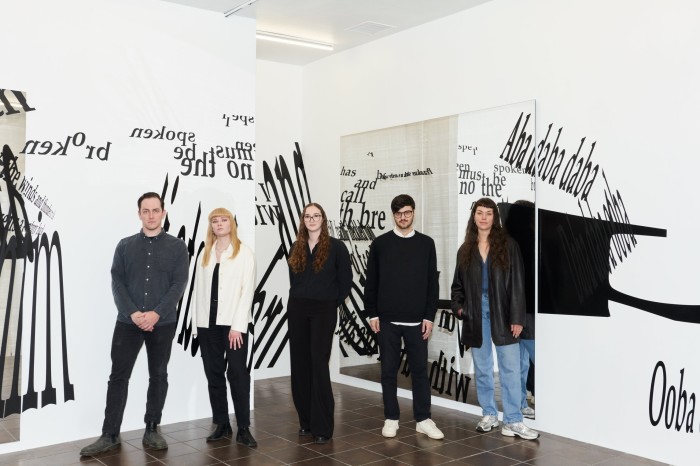
Roula Khalaf, Editor of the FT, selects her favourite stories in this weekly newsletter.
Precarity might define the lifestyle of many artists — beset by day jobs, odd jobs, school and teaching, subject to the whims of the market — but LA’s artist-run spaces, with their sheer will to exist, are trying to defy that insecurity. They may rarely turn a profit, they may in fact operate at a continual loss, but the community of solidarity and exchange that they engender looms large.
Newest in the city’s landscape is a space that makes no secret of its organising principle: Timeshare is a co-curated artist-run space in Lincoln Heights, founded by six artists — Brandon Bandy, Andy Bennett, Antonio Bever, Colleen Hargaden, Rachel Jackson and Ines Kivimaki — who share the financial and logistical burden of its operations while rotating the responsibility of its curation.
Motivated by a desire to “build community and conversations around work that is driven by ideas as opposed to the market”, in the words of Timeshare’s partners, the space, like its peers, eschews what Bandy and Jackson note in an email is a “system dominated by financialisation”.
Instead, says Jeffrey Stuker of Soldes, an artist-run space he co-founded in Chinatown, “The programming, writing, physical labour and maintenance of the space all function as extensions of our individual work in the studio.” This sentiment is echoed by many, including Bennett, on whose website you can find an artwork titled “Artist Run Space” (2018) and described as an “artist running around a gallery space until too fatigued to continue”.
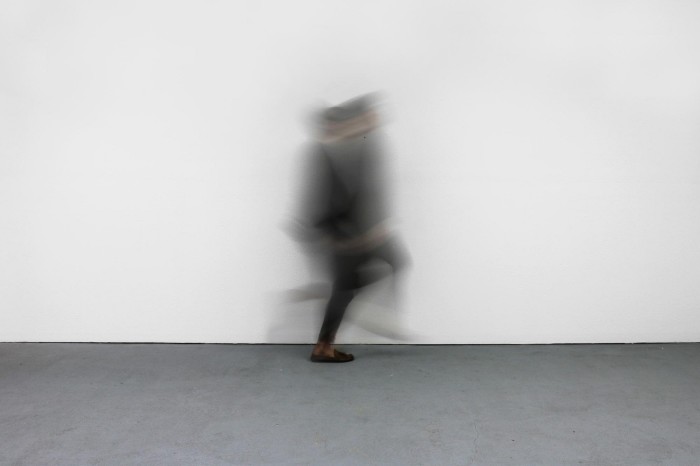
Fatigue is consequently just as important a consideration for these spaces as their financial sustainability, and that’s why partners Bennett and Hargaden — who previously ran Roger’s Office in Highland Park from 2017 to 2019 — emphasise that “it’s the collaborative nature of [Timeshare’s] model which allows us to continue the momentum of other things we care about and simultaneously support the work of artists we feel need to be shown.”
In a city of art schools with a shrinking array of mid-size galleries and growing blue-chip presence, “artist-run spaces are oftentimes the first opportunity an artist will get to show,” says Rochele Gomez, who formerly co-ran Queens in Lincoln Heights, “and can help with getting other opportunities.”
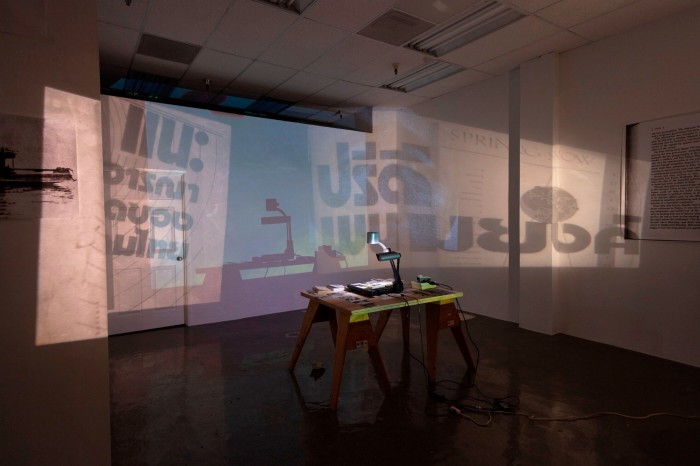
This was also true before artist-run spaces became so popular in Los Angeles. In the early 1970s, Barbara T Smith, along with 10 of her fellow graduate students at UC Irvine — including Chris Burden and Nancy Buchanan — founded F Space to create, as Smith says, “space for the artists among us whose work would have been refused in most galleries for being too provocative and that would challenge people’s idea of what art was.”
Having been inspired by F Space, as well as Potts in Alhambra and AWHRHWAR in Highland Park, all of which were co-organised by four or more individuals, Timeshare’s collaborative approach to curation is not the first of its kind, nor is it without challenges. “One of the complex aspects of operating as a collective,” says Erik Frydenborg, founding member of AWHRHWAR, “was developing continuity between exhibitions, with a rolling ‘directorship’ from month to month. But a strong thread seemed to emerge organically.”
Curatorial threads certainly link the city’s current artist-run spaces: The Fulcrum exhibits (an expanded definition of) photography; Canary Test practically refuses to show wall-based work, instead prioritising sound, performance and installation; and the founders of Timeshare share a sensibility for research and conceptually-based practices in a variety of forms. Following their inaugural exhibition, Self Annihilation, Act 1 by Won Ju Lim, the current exhibition by Boz Deseo Garden (to March 16) will lead to solo and two-person shows featuring John Divola, Megan Plunkett, Maura Brewer, Ellen Schafer and Nicolas G Miller, among others.
Each of these artists has participated in the Los Angeles arts community in a myriad of ways, assuming the roles of curator, writer and teacher in addition to artist. “For every instance where we approached artists with an exhibition idea,” says Alex Nazari, co-founder of Gattopardo, “an artist or colleague would approach us with an idiosyncratic show or programming proposal.”
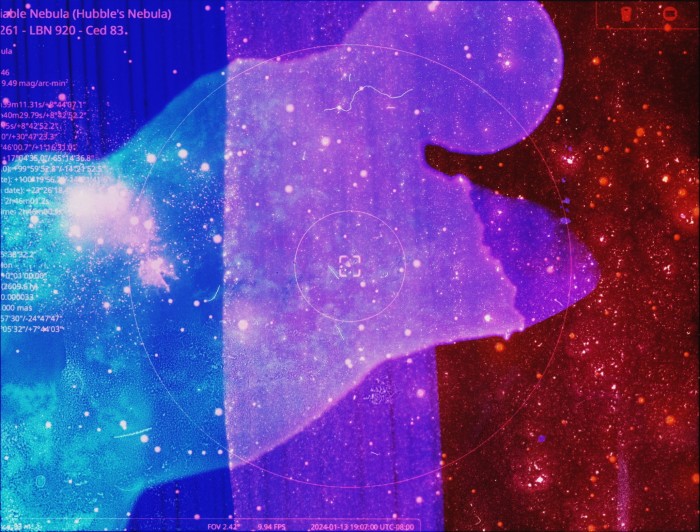
This “positive feedback loop”, as she calls it, is not only “a core operating mechanism of Gattopardo” but of the community at large and is reflected in the coalitions that have emerged between artist-run spaces. In Chinatown, for example, Soldes, The Fulcrum, No Moon LA, Leroy’s, Human Resources and Los Angeles Contemporary Archive co-ordinate openings and pool their resources, sharing equipment and helping one another transport artwork.
There is no one method, however, to ensure a space’s sustainability, and strategies have varied widely: Human Resources became a non-profit and is largely grant-funded; Commonwealth and Council is now a commercial gallery. More recently, Tabitha Steinberg, who formerly ran Larder in her apartment, joined Ace Ehrlich to start the commercial gallery Ehrlich Steinberg; The Fulcrum will relocate to the same building as Leroy’s, reducing overheads; Gattopardo will move into The Pit’s former space in Glendale, more than doubling its size. (It opens on February 25 with solo exhibitions by Lyndsey Marko and Jennifer West.) While Gattopardo is “leanly run”, Nazari confirms it operates at a profit and now serves as her full-time job in addition, of course, to being an artist.
So while the work exhibited in these spaces is often available for sale should someone inquire, the goal, says Joshua Schaedel, co-founder of The Fulcrum, is “no, never make any money”.
“What money did come in,” explains Nick Kramer of AWHRHWAR, “ended up being used as an expression of our ideological interests — equity, mutual support and advocacy.” Timeshare continues this lineage, endeavouring, say the space’s founders, to “provoke memorable exhibitions, conversations and community which lasts beyond the span of time in which the doors are open”.
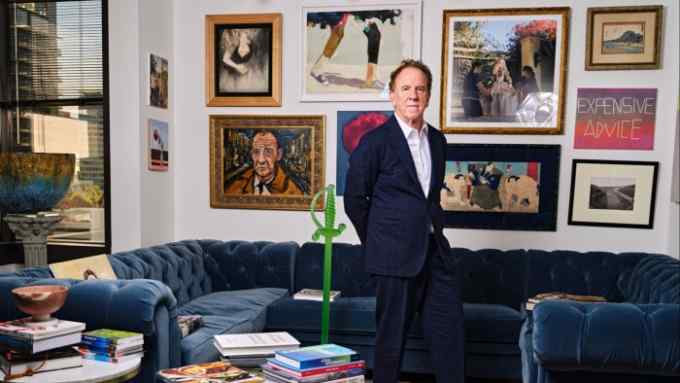
Comments